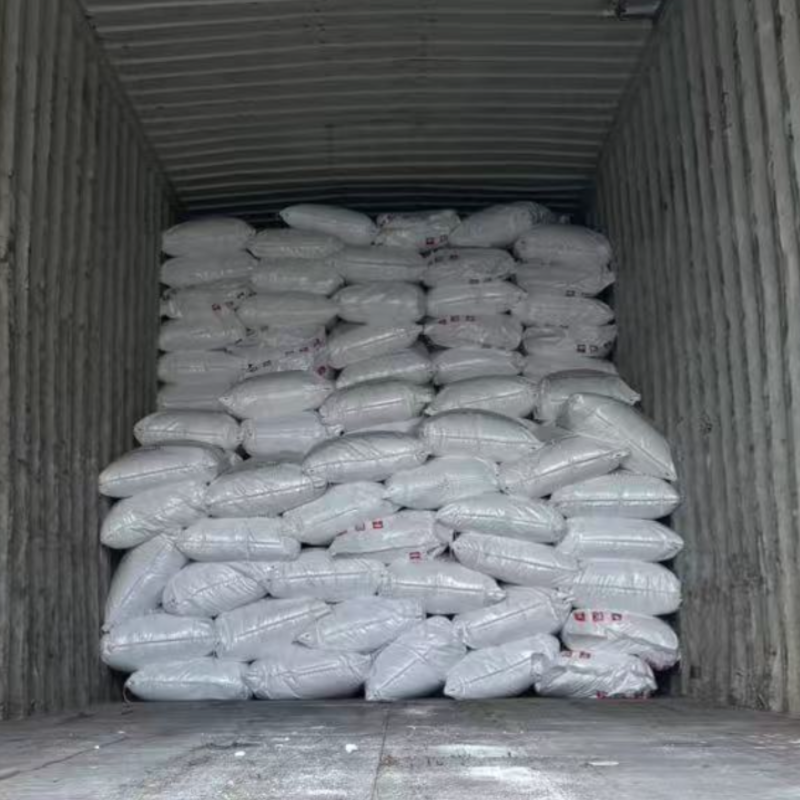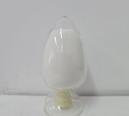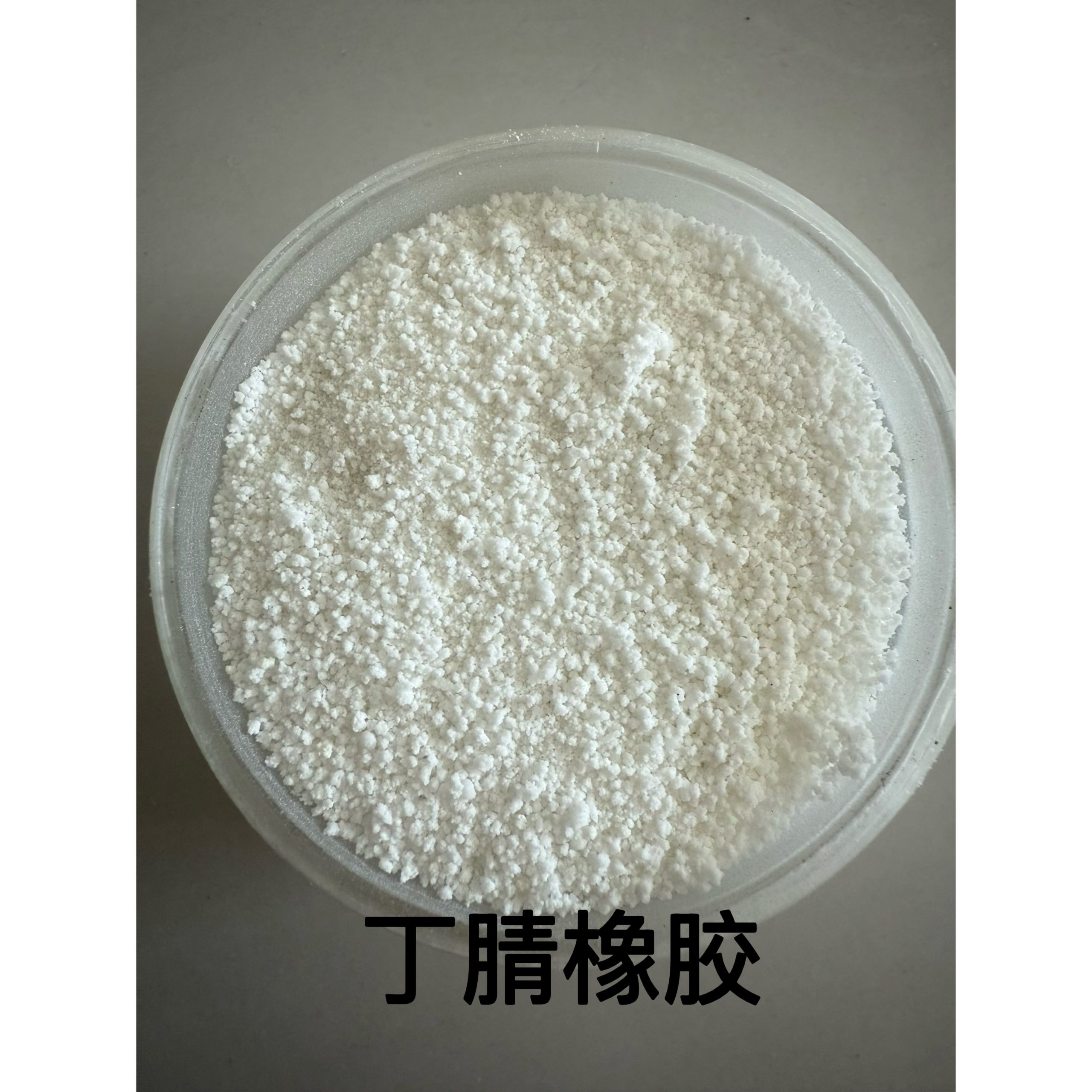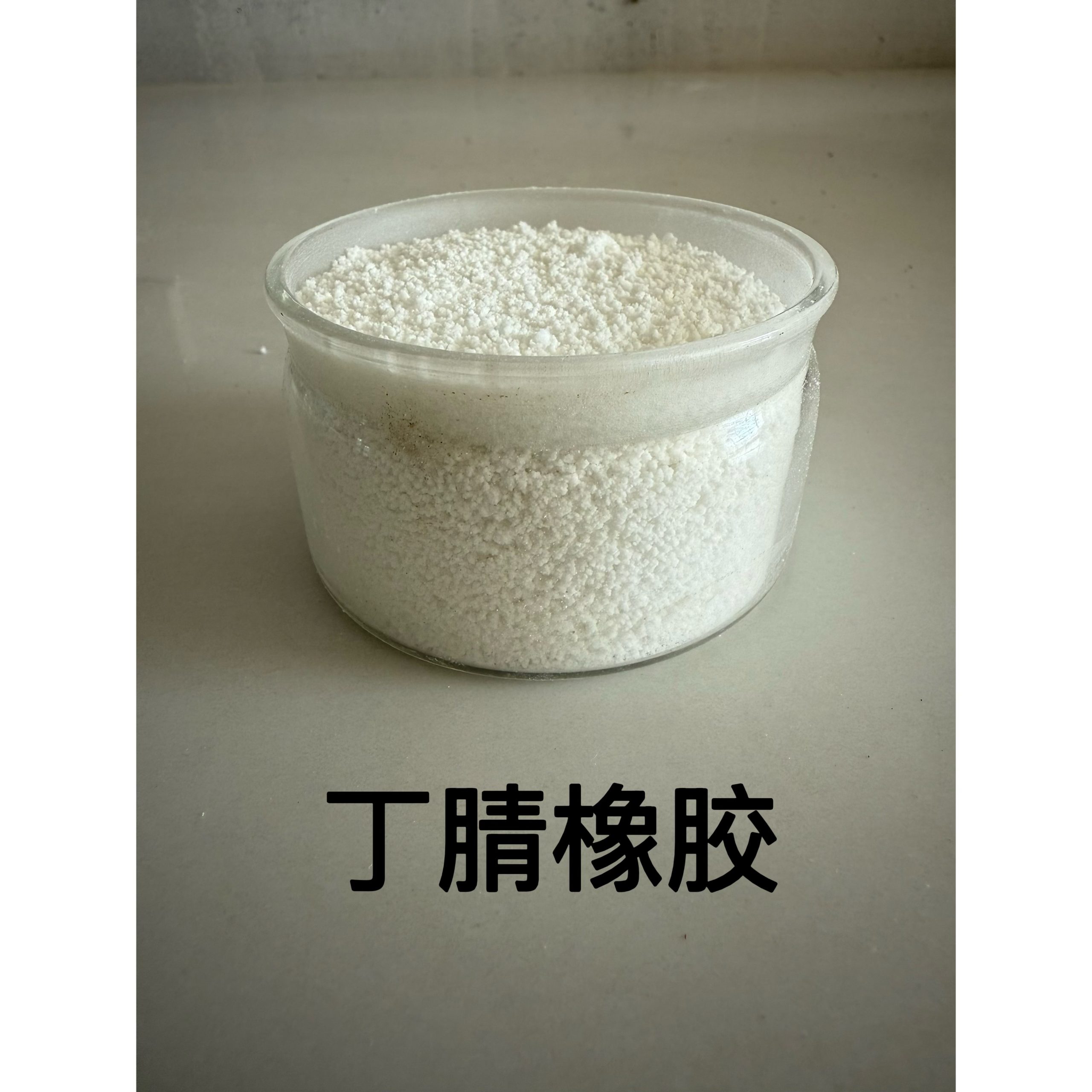butadiene-acrylonitrile rubber
Product Title:High elasticity nitrile rubber powder – Oil-resistant, anti-aging, uniform particle size, easy to disperse, suitable for sealing, hoses, and shoe materials.
product presentation:Nitrile rubber is mainly used for PVC modification. Due to its polarity, it shows excellent compatibility with PVC and is widely used in the shoe manufacturing industry, hoses, wires and cables, conveyor belts, profiles, rubber strips and other PVC materials, enhancing the elasticity, impact resistance, aging resistance, weather resistance, oil resistance and low-temperature brittleness of the products.
technical index:
| Project | butadiene-acrylonitrile rubber |
| Combined with the content of acrylonitrile(ACN%) | 30-33 |
| Mooney viscosity ML(1+4)100℃ | 60±5 |
| Fineness (mesh) | 40 |
Performance and Application:
Flexibility: As an elastomer, PNBR, when mixed with PVC, forms an “island” structure, significantly enhancing the flexibility of PVC;
Oil and solvent resistance: The large amount of -CN groups in PNBR can significantly improve the oil and solvent resistance of PVC;
Cold resistance: The PVC molecule does not have flexible and elastic chain structures, so its performance is poor at low temperatures. After adding PNBR elastomer, its cold resistance performance is improved;
Insulation performance: When PVC is used alone, the insulation performance is not very good. After adding PNBR, the resistance performance of the product can be improved;
Machinability: PNBR can significantly improve the machinability of PVC, extending the service life of the products;
Anti-slip property: PNBR can significantly improve the anti-slip property of PVC. The PNBR/PVC combination can rival thermoplastic rubber (TPR) in anti-slip performance;
Plasticizer persistence: Most soft PVC uses low-molecular-weight plasticizers. During use, problems such as oil spraying and frosting may occur. Adding PNBR can increase the elasticity of the product, and PNBR has an oil-locking function that can delay the release of plasticizers.
Stability of melt viscosity: The melt viscosity of PNBR/PVC is relatively stable over a wide temperature range, relaxing the requirements for products and processing operations.
Suitable for PVC resin modification, phenolic resin modification, PVC transparent products, etc.









